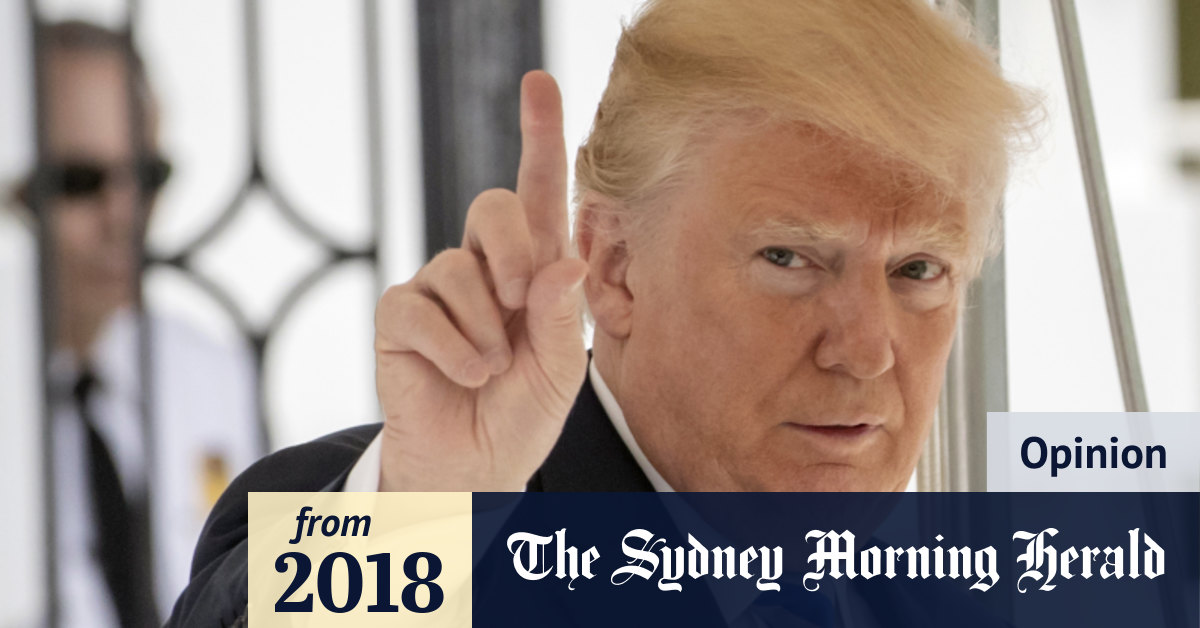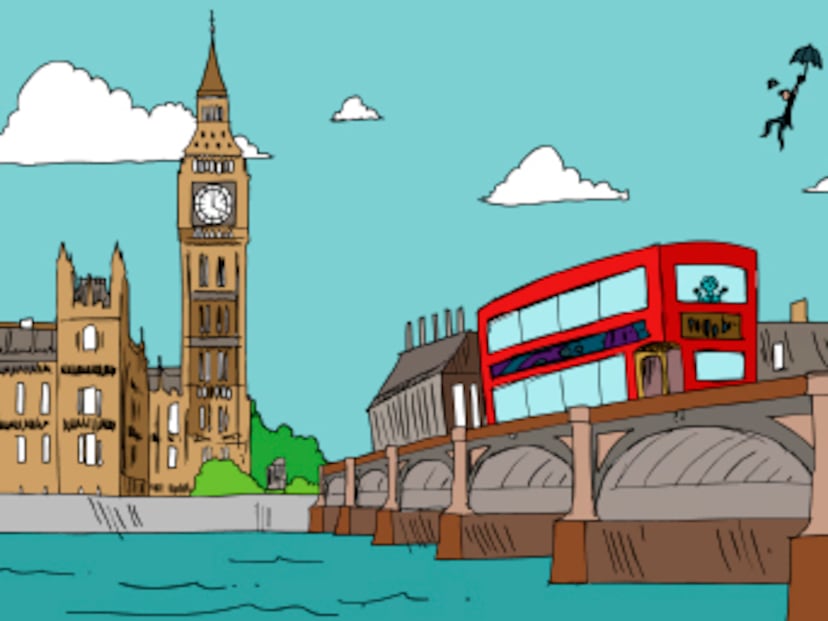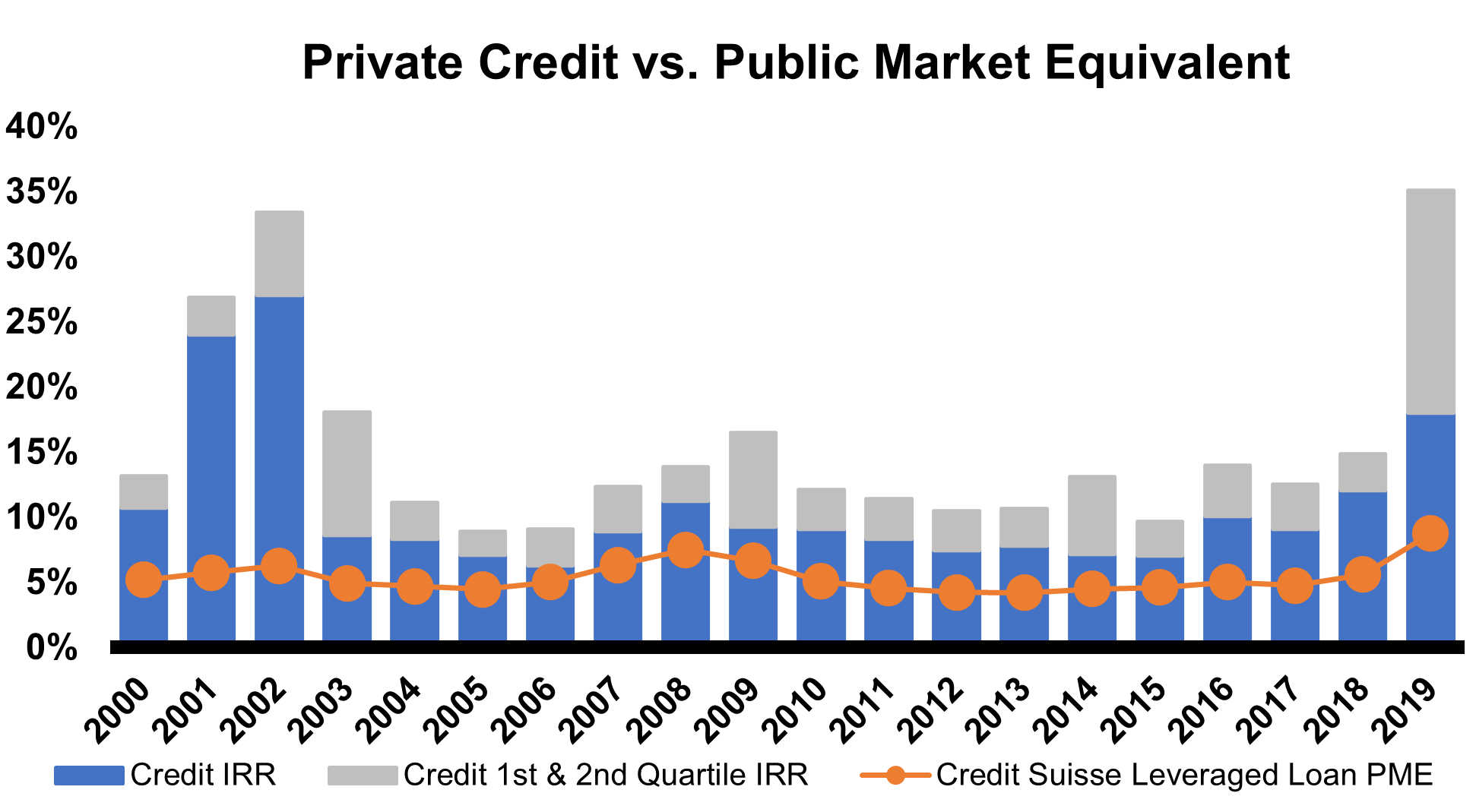Unintended Consequences: Evaluating The Price Of Trump's Economic Vision

Table of Contents
The Impact of Tax Cuts
A cornerstone of Trump's economic vision was a substantial tax cut enacted in 2017. While proponents argued it would stimulate economic growth, the reality presented a more nuanced picture.
Increased National Debt
The tax cuts led to a significant increase in the national debt. This is a key unintended consequence of Trump’s economic vision.
- The national debt increased by trillions of dollars during the Trump administration.
- Projected future debt levels are unsustainable without significant policy changes.
- This increased debt burdens future generations with higher taxes and reduced government spending capacity.
The mechanism linking the tax cuts to the debt increase is straightforward: reduced government revenue coupled with increased spending resulted in a widening budget deficit. This deficit was financed by borrowing, leading to the dramatic rise in the national debt.
Benefits Concentrated at the Top
While the tax cuts were presented as benefiting all Americans, the reality was a disproportionate advantage for high-income earners.
- Studies consistently show that the largest tax benefits accrued to the wealthiest 1%.
- Income inequality widened during this period, exacerbating existing societal and economic disparities.
- The concentration of wealth at the top hindered the broader economic benefits that were promised.
This widening income gap has far-reaching implications, including reduced consumer spending power for lower and middle-income families and increased social and political instability.
The Effects of Deregulation
Another pillar of Trump's economic vision was widespread deregulation across various sectors. While proponents claimed this would boost efficiency and economic activity, it came with significant environmental and financial risks.
Environmental Damage
The Trump administration rolled back numerous environmental regulations, resulting in measurable negative consequences.
- Weakening of clean air and water standards led to increased pollution levels.
- Regulations protecting endangered species were loosened, threatening biodiversity.
- The withdrawal from the Paris Agreement on climate change signaled a disregard for global environmental concerns.
The economic costs associated with environmental damage are substantial, including increased healthcare costs due to pollution-related illnesses and decreased agricultural productivity due to climate change.
Increased Financial Risk
Deregulation in the financial sector potentially increased systemic risk within the economy.
- Rules designed to prevent another financial crisis were weakened or eliminated.
- This could lead to increased risk-taking by financial institutions and greater vulnerability to future crises.
- The long-term consequences of this deregulation remain to be seen but pose a significant threat to economic stability.
The easing of financial regulations could create a scenario where a future crisis is more likely and potentially more severe, leading to another period of economic downturn and hardship.
The Trade War and its Fallout
Trump's protectionist trade policies, including tariffs and trade disputes, had far-reaching and largely negative consequences.
Negative Impacts on American Businesses and Consumers
The trade war initiated by the Trump administration significantly harmed American businesses and consumers.
- Tariffs on imported goods led to price increases for consumers.
- American farmers and manufacturers suffered from retaliatory tariffs imposed by other countries.
- The uncertainty created by the trade disputes hampered investment and economic growth.
Industries heavily reliant on international trade, such as agriculture and manufacturing, were particularly hard hit, resulting in job losses and economic hardship.
Global Economic Uncertainty
Trump's trade policies created global economic uncertainty and strained international relations.
- Disruptions to global supply chains led to increased production costs and delays.
- The trade war undermined the rules-based international trading system.
- The resulting uncertainty discouraged foreign investment and hindered global economic growth.
The broader geopolitical consequences of the trade wars extended beyond economic impacts, affecting international alliances and diplomatic relations.
Conclusion: Unintended Consequences of Trump's Economic Vision
In conclusion, the unintended consequences of Trump's economic vision are significant and far-reaching. The tax cuts led to a dramatic increase in the national debt and exacerbated income inequality. Deregulation resulted in environmental damage and increased financial risk. Finally, the trade war negatively impacted American businesses, consumers, and the global economy. Evaluating Trump's economic legacy requires a comprehensive assessment of these unintended consequences and their long-term costs. Understanding the unintended consequences of Trump's economic vision is crucial for informed policymaking. Continue your research to form your own conclusions on the long-term impact of these policies on the American economy and to prevent similar mistakes in the future.

Featured Posts
-
 Anchor Brewing Company To Shutter A Legacy Ends
Apr 22, 2025
Anchor Brewing Company To Shutter A Legacy Ends
Apr 22, 2025 -
 A Comparative Study Blue Origins Downfall And Katy Perrys Public Image
Apr 22, 2025
A Comparative Study Blue Origins Downfall And Katy Perrys Public Image
Apr 22, 2025 -
 Land Your Dream Private Credit Job 5 Crucial Dos And Don Ts
Apr 22, 2025
Land Your Dream Private Credit Job 5 Crucial Dos And Don Ts
Apr 22, 2025 -
 16 Million Fine For T Mobile Details Of Three Years Of Data Security Lapses
Apr 22, 2025
16 Million Fine For T Mobile Details Of Three Years Of Data Security Lapses
Apr 22, 2025 -
 The Robotic Manufacturing Hurdles In Nike Sneaker Production
Apr 22, 2025
The Robotic Manufacturing Hurdles In Nike Sneaker Production
Apr 22, 2025
